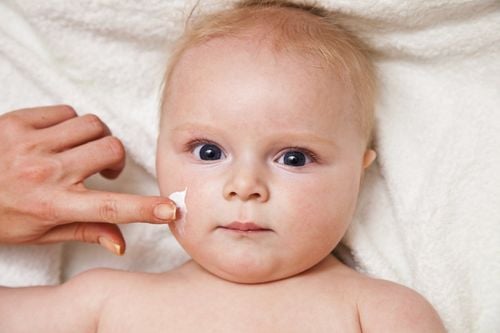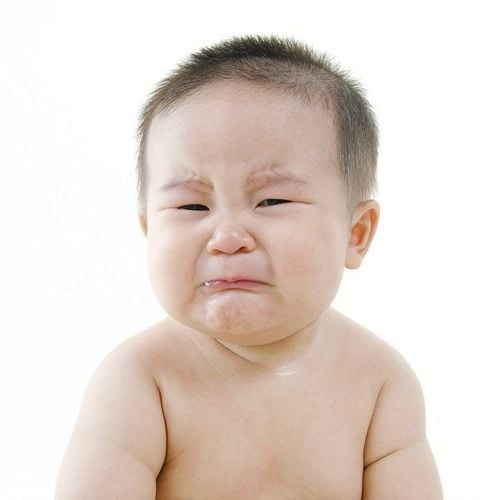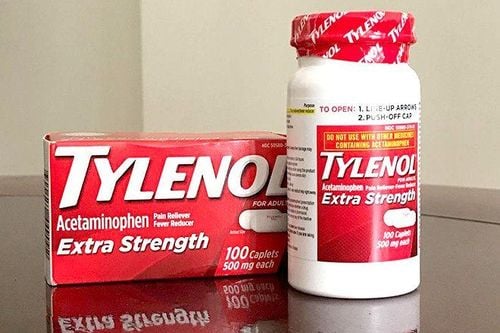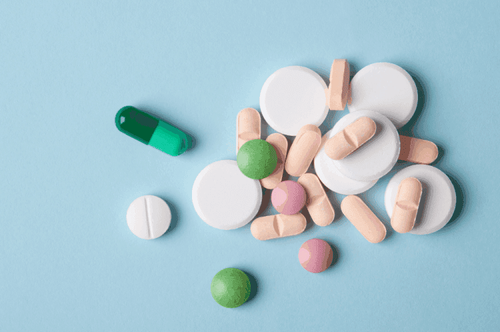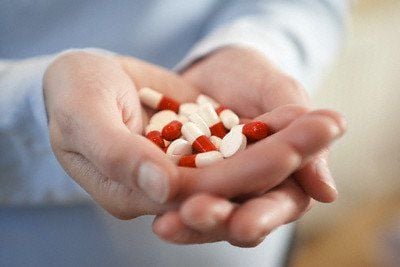This is an automatically translated article.
The article is professionally consulted by Master, Doctor Phan Ngoc Hai - Pediatrician - Neonatologist - Department of Pediatrics - Neonatal - Vinmec Danang International General Hospital.Bacterial infections are the cause of fever, causing the body temperature to rise higher than normal. Children with fever is a very common condition, almost every parent has to experience it. So what to do when a child has a fever?
1. Classification of fever according to the child's temperature
Body temperature is controlled and maintained by the hypothalamus of the brain, so body temperature rarely changes during the day. The normal body temperature of children falls between: 36 – 37.4 degrees Celsius.Fever is defined as when the body temperature rises above the normal body temperature. Classification of fever by temperature:
Mild fever: Body temperature between 37.5 - 38 degrees Celsius Moderate fever: Child's body temperature > 38-39 degrees Celsius High fever: Child's body temperature > 39-40 degrees Celsius Very high fever: Child's body temperature > 40 degrees Celsius Children's body temperature can be measured at locations such as: ear, forehead, mouth, armpit, anus. Temperature difference between locations: The temperature in the armpit is about 0.3 - 0.5 degrees Celsius lower than the temperature in the mouth and anus. Therefore, when the child's body temperature measured in the armpit > 37.2 degrees Celsius, it is considered a fever. .
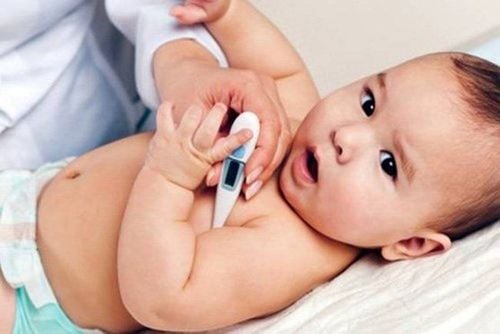
Nách là vị trí thường được áp dụng đo thân nhiệt ở trẻ
2. Causes of fever in children
Fever is not a single symptom, but a natural response of the body when it is invaded by pathogens such as viral or bacterial infections. Illnesses caused by viruses or bacteria often cause mild to severe fever in children such as colds, flu, diarrhea, ear infections, acute laryngitis, bronchiolitis, bladder or kidney infections.. In addition, some vaccines can lead to a side effect of fever, and the duration of the fever often varies depending on the vaccine the child is taking.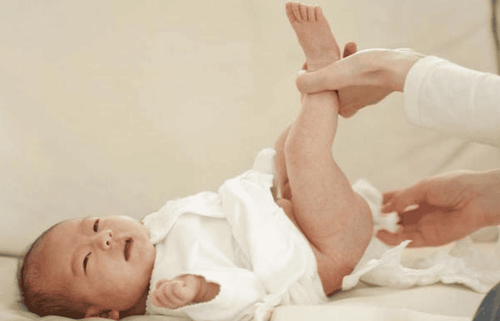
Tiêu chảy có thể là nguyên nhân khiến trẻ bị sốt
3. What to do when the child has a fever?
When a child has a fever, parents should take the following measures:3.1 Control the child's temperature
First of all, it is necessary to control the child's body temperature, remove clothes, let the child lie in a well-ventilated room, avoid drafts. Parents can cool the child's body or if the child has a high fever to use to reduce the fever, they can put the child in the bath tub and cover with warm water (check the water temperature by dipping your elbow in the bowl, feel the water in the bathtub). warm like baby bath water) all over the baby's body. Many parents still believe that cold compresses will help children reduce fever more easily, but this is wrong. Do not use cold water to wipe the body or bathe children with fever, because this will spread to the peripheral vascular muscles, the pores will shrink, preventing heat from escaping, the child may shiver and have a higher fever. . The cleaning of the whole body for children needs special attention in the following positions: forehead, armpits, groin, palms, soles of feet... You can put a warm towel on the child's forehead, armpit and groin or wipe a lot in 3 places. this mind. When the towel is less warm, you need to dip the towel back into the basin of water, wring it out and repeat as above until the child's temperature drops. Re-measure the child's temperature every 15-30 minutes to check for temperature changes. Stop cooling the baby when the baby's body temperature drops below 37.5 degrees Celsius, then dry and dress the child. See more: When a child has a fever, should a warm towel be applied?3.2 Use of antipyretics
Antipyretic drugs can be used for children when the temperature measured in the armpit of the child is ≥ 38 degrees Celsius. The best antipyretic drug used for children is Paracetamol with a dose of 10-15mg/kg/time, each time. Medicines must be spaced 4-6 hours apart as prescribed by the doctor.Note, do not use aspirin as an active ingredient to treat fever in children with fever, especially fever caused by chickenpox or other viral infections because spirin can cause liver failure in some children.
See more: Some principles when using fever reducer for children
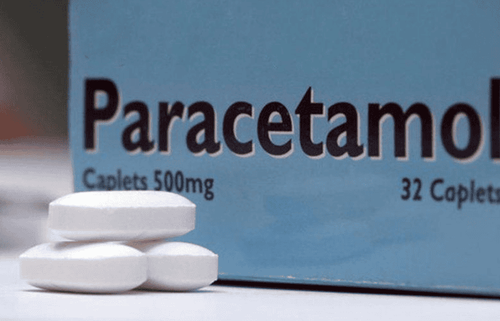
Thuốc Paracetamol có tác dụng hạ sốt cho trẻ
3.3 Add water for children
High fever increases the risk of dehydration in children, so parents should encourage children to drink enough fluids. Children may not be hungry and do not want to eat, but milk (cow's milk, breast milk, formula) and water need to be drunk regularly to ensure the amount of fluid in the child's body. Older children can eat dough, soup or ice cream. In case the child has a fever but refuses to drink or cannot drink, it is necessary to consult a doctor.4. When to take your child to the hospital?
It is necessary to take the child to the doctor as soon as the child has signs such as:Children under 3 months of age with a fever of 38 degrees Celsius even if the child's expression is still good. Children > 3 months with a fever of 38 degrees C) for more than 3 days or a child with a fever of 38 degrees C accompanied by a bad appearance (the child is restless, refuses to breastfeed...) Children 3 - 36 months with a fever of 38.9 degrees C Fever over 36 months with a fever of 40oC Children with high fever have convulsions. Children with recurrent fever Children with underlying medical conditions: cardiovascular disease, cancer, lupus, sickle cell disease... Children have fever with skin rash. See more: Children with fever should be taken to the doctor within 24 hours if they have the following symptoms
For children to be healthy and develop well, it is necessary to have a nutritious diet in terms of quantity and quality balance. If children are not provided with adequate and balanced nutrients, it will lead to diseases of excess or lack of nutrients, which adversely affect the comprehensive development of children in terms of physical, mental and motor skills.
Children who do not eat properly are at risk of micro-mineral deficiency causing anorexia, growth retardation, malabsorption,... If they notice the above signs, parents should supplement their children with products. The supplement contains lysine, essential micro-minerals and vitamins such as zinc, chromium, selenium, and B vitamins to help fully meet the nutritional needs of children. At the same time, these essential vitamins also support digestion, enhance nutrient absorption, help improve anorexia, and help children eat well.
Parents can learn more:
Signs of zinc deficiency in children
Micronutrient deficiency and failure to gain weight in children
Please regularly visit Vinmec.com website and update useful information to take care of your child. Take care of the baby and the whole family.





